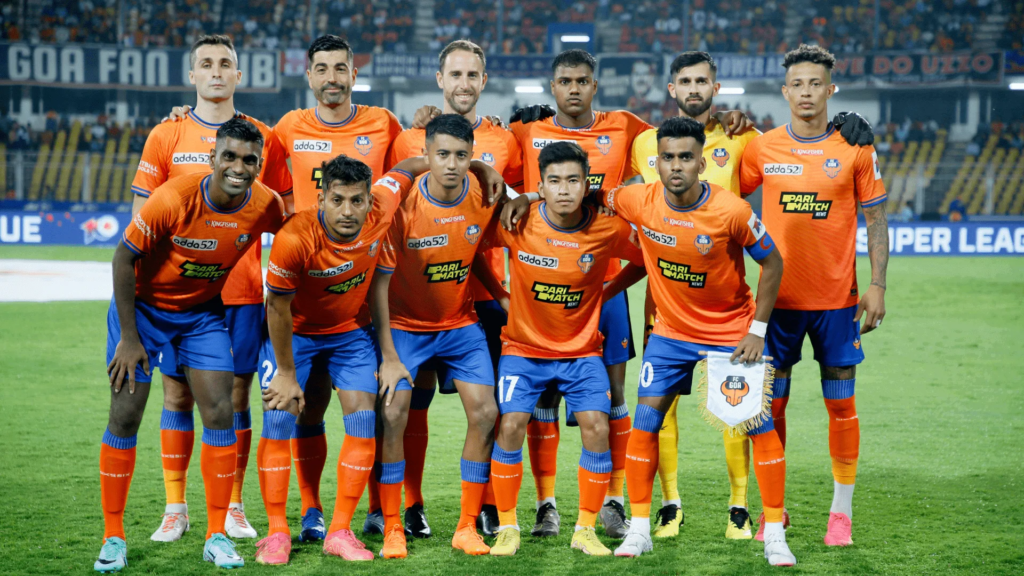
The Indian Super League (ISL) has come a long way since its inception in 2014. What started as a humble eight-team league has now expanded to include 12 teams, with plans for further expansion in the coming years. This growth has not only increased the popularity of football in India but has also provided a platform for young talent to showcase their skills on a national stage. In this article, we will take a closer look at the expansion of teams in the Indian Super League and the impact it has had on the sport in India. Find out how many teams in ISL.
History of the Indian Super League
The Indian Super League was founded in 2013 by the All India Football Federation (AIFF) in an effort to promote football in India and develop the sport at the grassroots level. The league was modelled after the successful franchise-based leagues in cricket, with the aim of attracting top international talent and providing a platform for Indian players to compete at a high level.
The inaugural season of the ISL kicked off in October 2014 with eight teams: Atletico de Kolkata, Chennaiyin FC, Delhi Dynamos FC, FC Goa, Kerala Blasters FC, Mumbai City FC, NorthEast United FC, and Pune City FC. The league followed a round-robin format, with each team playing each other twice in the group stage before moving on to the knockout rounds.
How Many Teams in ISL?
In total, there are 12 teams in ISL.
The success of the first few seasons of the ISL prompted the league to expand its roster of teams. In 2017, two new teams were added to the league: Bengaluru FC and Jamshedpur FC. Bengaluru FC, a well-established club in Indian football, made an immediate impact in the league by reaching the final in their debut season. Jamshedpur FC, on the other hand, struggled in their first season but have since established themselves as a competitive team in the league.
In 2020, the ISL announced the addition of two more teams: East Bengal FC and Hyderabad FC. East Bengal FC, one of the oldest and most storied clubs in Indian football, joined the ISL after years of speculation and anticipation. Hyderabad FC, a relatively new club, replaced the now-defunct FC Pune City in the league.
The most recent expansion of the ISL came in 2021, with the addition of two new teams: SC East Bengal and ATK Mohun Bagan. SC East Bengal, the arch-rivals of ATK Mohun Bagan, finally made their debut in the ISL after years of negotiations and disputes. ATK Mohun Bagan, a merger of two of the biggest clubs in Indian football, have already made a strong impression in the league with their performances on the field.
Impact of Expansion on Indian Football
The expansion of teams in the ISL has had a significant impact on Indian football. The addition of more teams has not only increased the level of competition in the league but has also provided opportunities for more players to showcase their talent. With more teams in the league, there are more matches being played, which means more exposure for players and more opportunities for them to develop their skills.
The expansion of the ISL has also helped raise the profile of Indian football on the international stage. The addition of top international players and coaches to the league has brought a new level of professionalism and quality to Indian football. This has not only attracted more fans to the sport but has also increased the league’s visibility in the global football community.
With the addition of more teams, the ISL has also become a more attractive destination for young Indian players looking to make a name for themselves in the sport. The increased competition in the league has forced players to raise their game and push themselves to new heights, leading to an overall improvement in the quality of football in India.
Future Expansion of the ISL
The Indian Super League has ambitious plans for further expansion in the coming years. The league is looking to add more teams to its roster, with the goal of creating a more competitive and dynamic league. The addition of more teams will not only provide more opportunities for players but will also help grow the sport of football in India.
One of the key areas of focus for the ISL is the development of football in the northeast region of India. The league is looking to add more teams from the northeast to the league, in an effort to promote the sport in a region that has a rich footballing tradition. By expanding into new markets, the ISL hopes to attract more fans and increase the popularity of football in India.
Another area of interest for the ISL is the inclusion of more clubs with a strong fan base and history in Indian football. The addition of clubs like East Bengal FC and Mohun Bagan has already proven to be a success, and the league is looking to replicate that success with other traditional clubs from around the country.
Conclusion
The expansion of teams in the Indian Super League has been a game-changer for Indian football. The addition of more teams has not only increased the level of competition in the league but has also provided more opportunities for players to showcase their talent. The league’s ambitious plans for further expansion in the coming years bode well for the future of football in India, as more teams will mean more matches, more exposure, and more opportunities for players to develop their skills. With the right approach and vision, the ISL has the potential to become one of the premier football leagues in Asia and a powerhouse in Indian football.
Can’t get enough of sports? Check out Sport Circle’s Youtube Channel here. Want more bite-sized content? Follow us on Instagram and Twitter!
